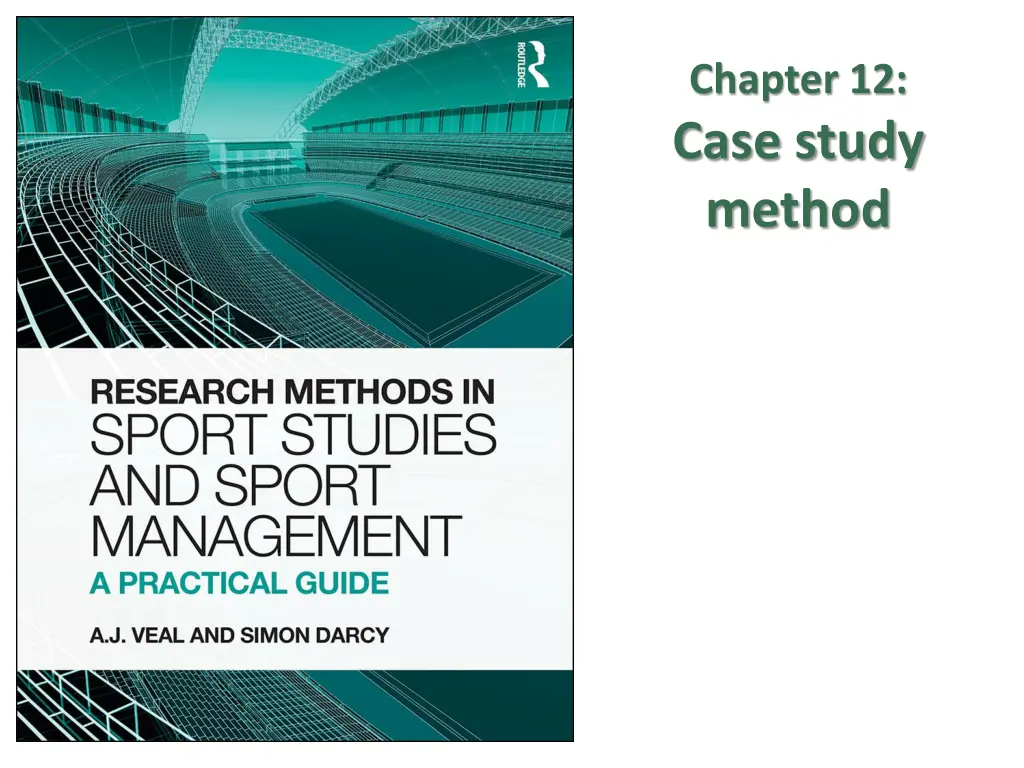
Understanding the Case Study Method in Research
Explore the intricacies of the case study method in research, including definitions, what it is not, scales of analysis, types of case-study research, and considerations of validity and reliability.
Download Presentation

Please find below an Image/Link to download the presentation.
The content on the website is provided AS IS for your information and personal use only. It may not be sold, licensed, or shared on other websites without obtaining consent from the author. If you encounter any issues during the download, it is possible that the publisher has removed the file from their server.
You are allowed to download the files provided on this website for personal or commercial use, subject to the condition that they are used lawfully. All files are the property of their respective owners.
The content on the website is provided AS IS for your information and personal use only. It may not be sold, licensed, or shared on other websites without obtaining consent from the author.
E N D
Presentation Transcript
Chapter 12: Case study method
CONTENTS Definitions Validity and reliability Merits Design Analysis Case studies in practice
Definitions John Gerring: a case is: 'a spatially delimited phenomenon (a unit) observed at a single point in time or over some period of time' a case study is: 'the intensive study of a single case with two or more cases: the study becomes cross-case the more cases the less intensity per case from single case study to large cross-case study forms a continuum A. J. Veal and S. Darcy (2014) Research Methods for Sport Studies and Sport Management: A practical guide. London: Routledge
What the case study method is not It is not only qualitative within a case-study any research methods may be used It is not only exploratory It is not only small-scale A. J. Veal and S. Darcy (2014) Research Methods for Sport Studies and Sport Management: A practical guide. London: Routledge
Scale(Fig. 12.1) PEOPLE/PLACES EVENTS National/international sport/political event Nation Community/ sub-group Sport/cultural event Organisation Centenary/ product launch Birthday party/ wedding Family/friends Individual Birthday/marriage A. J. Veal and S. Darcy (2014) Research Methods for Sport Studies and Sport Management: A practical guide. London: Routledge
Case-study research: theory and practice (Fig. 12.2) Descriptive research: Identify characteristics of a phenomenon Explanatory research: Testing single existing theory Testing alternative/competing theories Develop theory where none exists Evaluative research: Testing effectiveness of a single policy Testing alternative/competing policies Establish need for policy A. J. Veal and S. Darcy (2014) Research Methods for Sport Studies and Sport Management: A practical guide. London: Routledge
Validity and reliability Internal validity: use of multiple methods can achieve high level of validity External validity: strictly speaking, general- isation is a problem but: John Gerring: To conduct a case study implies that one has also conducted cross-case analysis, or at least thought about the broader set of cases. Otherwise, it is impossible for an author to answer the defining question of all case study research: what is this a case of ? A. J. Veal and S. Darcy (2014) Research Methods for Sport Studies and Sport Management: A practical guide. London: Routledge
Merits Places subjects in social/historical context. Treats subject as a whole. Multiple methods triangulation A manageable data collection task when resources are limited. Flexibility in data collection strategy. No necessity to generalise to a defined wider population. A. J. Veal and S. Darcy (2014) Research Methods for Sport Studies and Sport Management: A practical guide. London: Routledge
Design Define unit of analysis: what is the case ? Selecting cases: Purposive Illustrative Typical/atypical Pragmatic/opportunistic Data gathering All data sources/data gathering methods may be used Consistency in unit of analysis/definition of case Temporal consistency A. J. Veal and S. Darcy (2014) Research Methods for Sport Studies and Sport Management: A practical guide. London: Routledge
Analysis Analysis procedures as in Part III apply Burns (1994) and Yin (2009) also refer to: pattern matching relating case features to existing theory explanation building often an iterative process time series analysis explanations based on observing change over time. George & Bennett (2005): Logic models 1. initial conditions, 2. needs, 3. problems, 4. resources, 5. action, 6. outcomes, 7. impacts. Cross-case synthesis Congruence method equivalent to correlation Process tracing explanation building A. J. Veal and S. Darcy (2014) Research Methods for Sport Studies and Sport Management: A practical guide. London: Routledge
Case studies in practice 12.1: Activity profile: swimming secondary data 12.2: Nike, advertising and women one company 12.4: Leisure, Lifestyle and the New Middle Class one suburb and a sports club 12.4: The Beckham brand one sport celebrity 12.5: Sport sponsorship one company s strategy A. J. Veal and S. Darcy (2014) Research Methods for Sport Studies and Sport Management: A practical guide. London: Routledge
